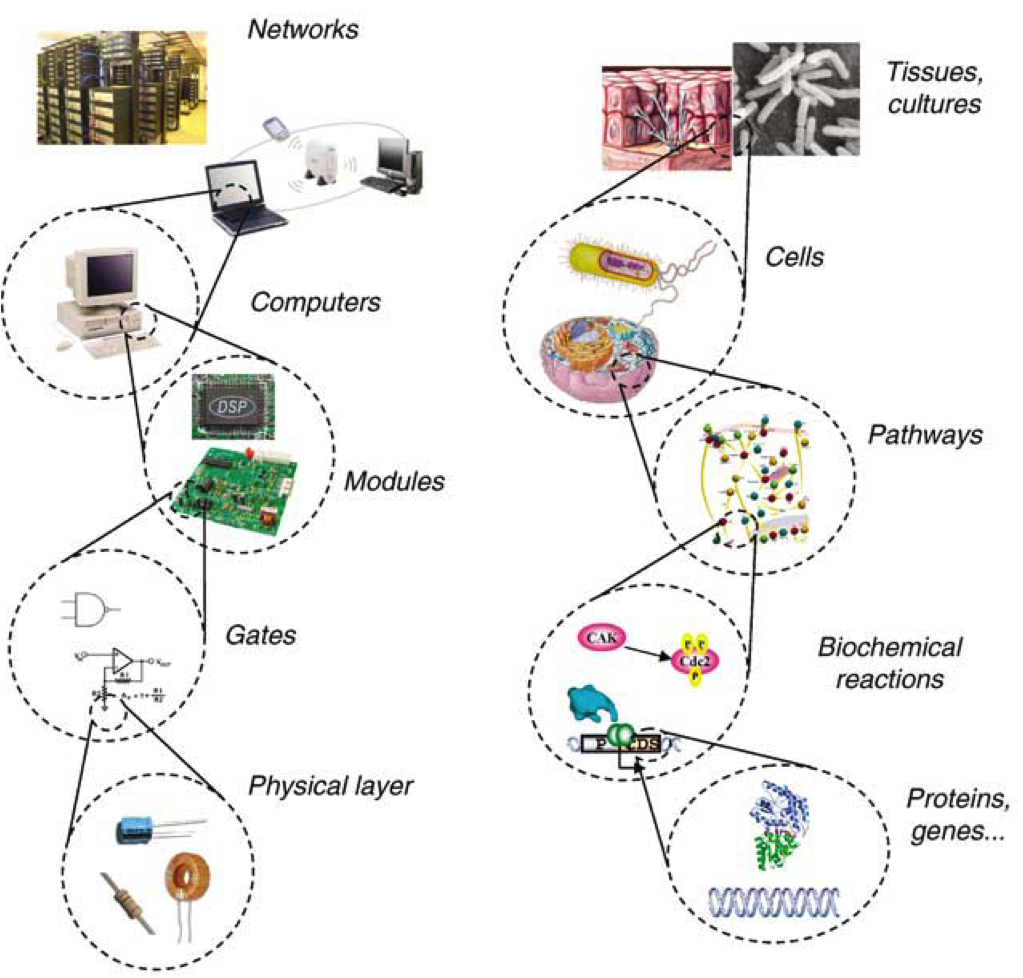Team:Wisconsin-Madison/Home About
From 2009.igem.org
| Line 36: | Line 36: | ||
'''Is biology simply too complicated to be engineered in the way that mechanical and electrical systems are designed and constructed?''' </center> | '''Is biology simply too complicated to be engineered in the way that mechanical and electrical systems are designed and constructed?''' </center> | ||
| + | |||
| + | |||
Revision as of 19:59, 17 October 2009
WHAT IS iGEM? iGEM stands for the International Genetic Engineering Machine Contest Student teams are given a kit of biological parts (DNA) at the beginning of the summer from the Registry of Standard Biological Parts. Working at their own schools over the summer, they use these parts and new parts of their own design to build biological systems and operate them in living cells. Teams present their work at the iGEM Jamboree held each year on MIT’s campus in Cambridge, MA and compete for awards in several categories including energy, health/medicine, and food. iGEM began in January of 2003 with a month-long course during MIT's Independent Activities Period (IAP). The students designed biological systems to make cells blink. This design course grew to a summer competition with 5 teams in 2004, 13 teams in 2005 - the first year that the competition grew internationally, 32 teams in 2006, 54 teams in 2007, and 84 teams in 2008. In 2009 over 110 teams with over 1200 participants are expected to participate in the competition. They will all specify, design, build, and test simple biological systems made from standard, interchangeable biological parts. Teams will present their projects at the iGEM Championship Jamboree in October 2009.
What is Synthetic Biology? iGEM addresses the question:
Or Is biology simply too complicated to be engineered in the way that mechanical and electrical systems are designed and constructed?
WHAT IS LEARNED?
|
 "
"







